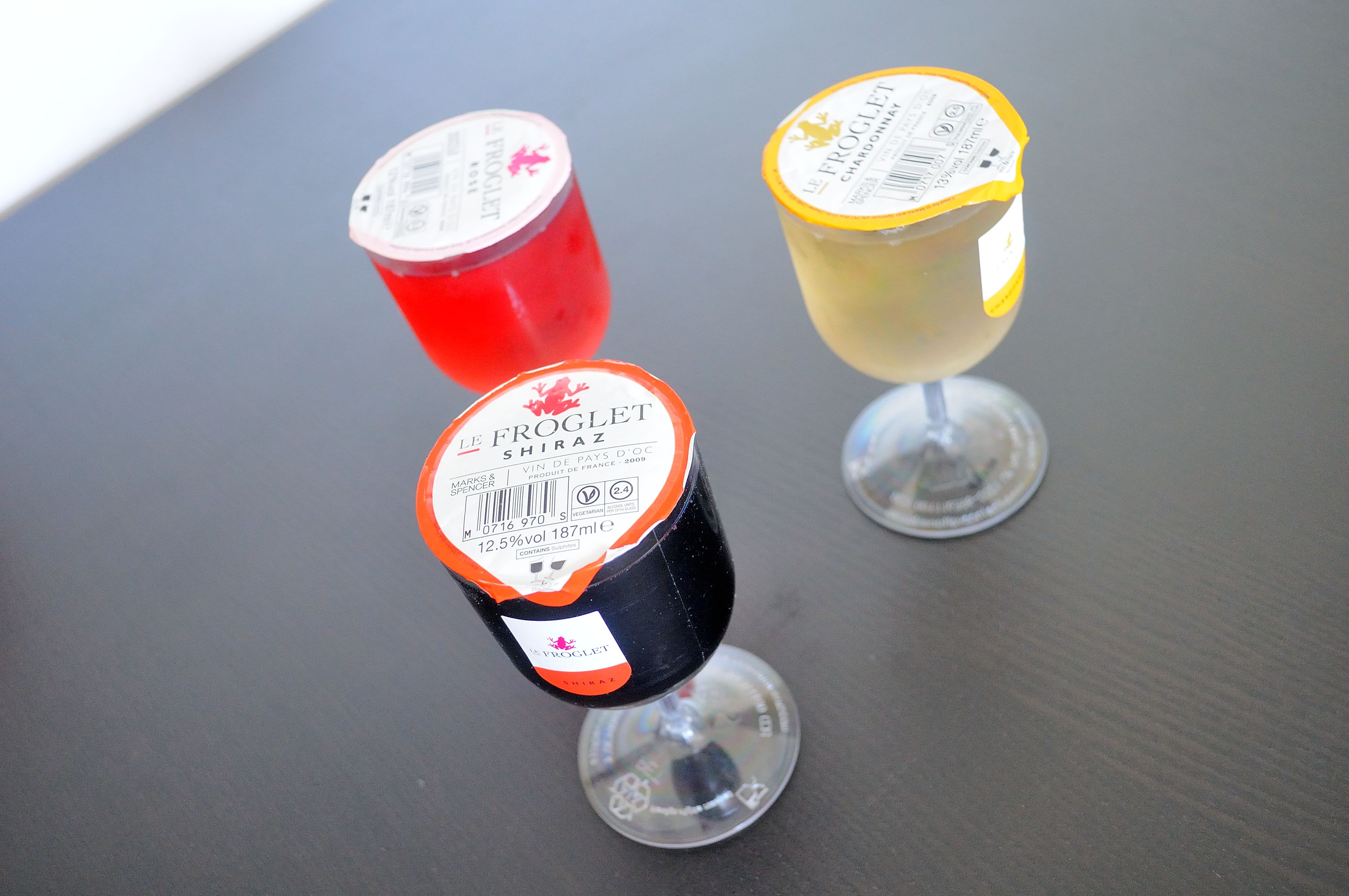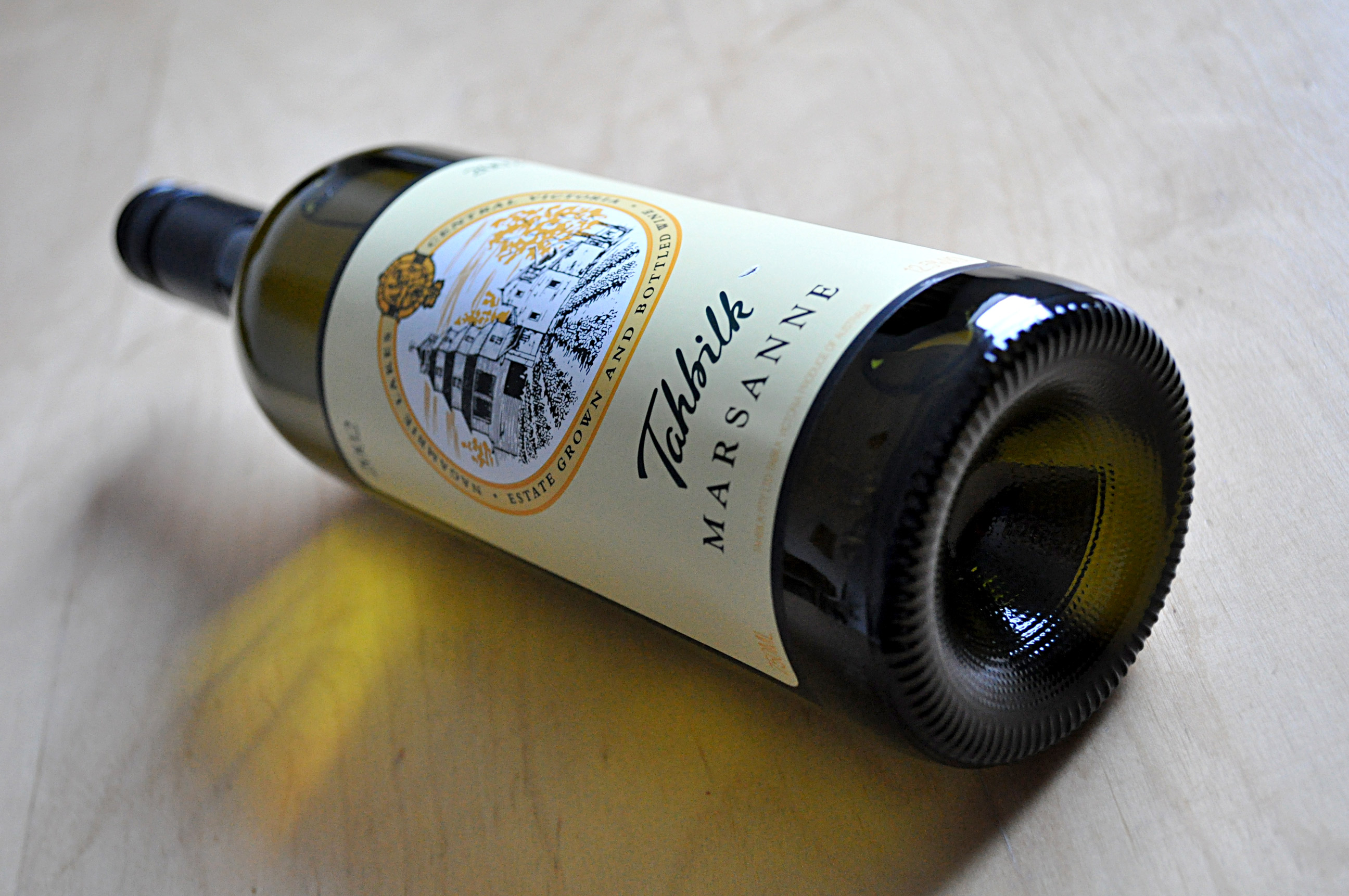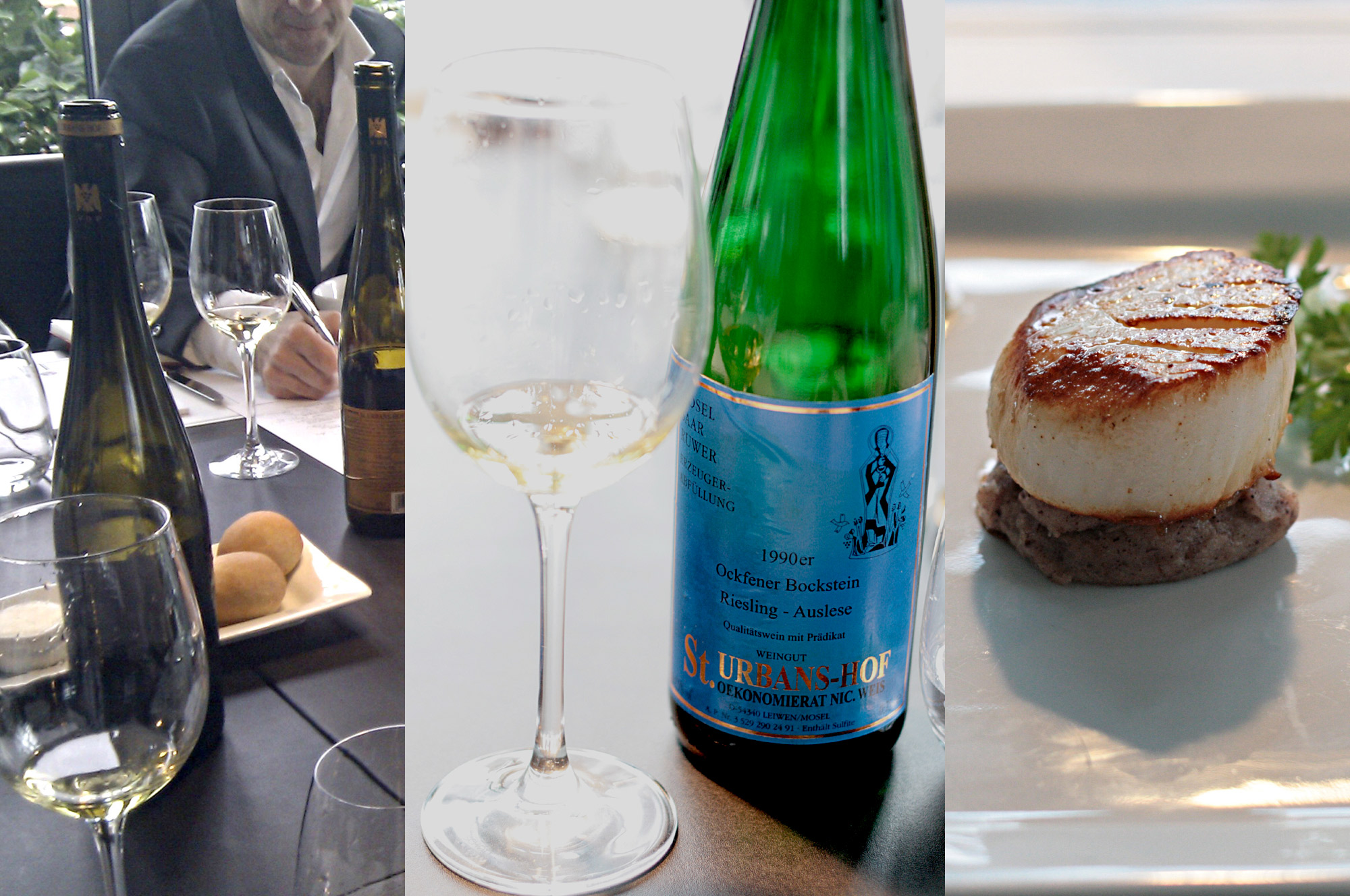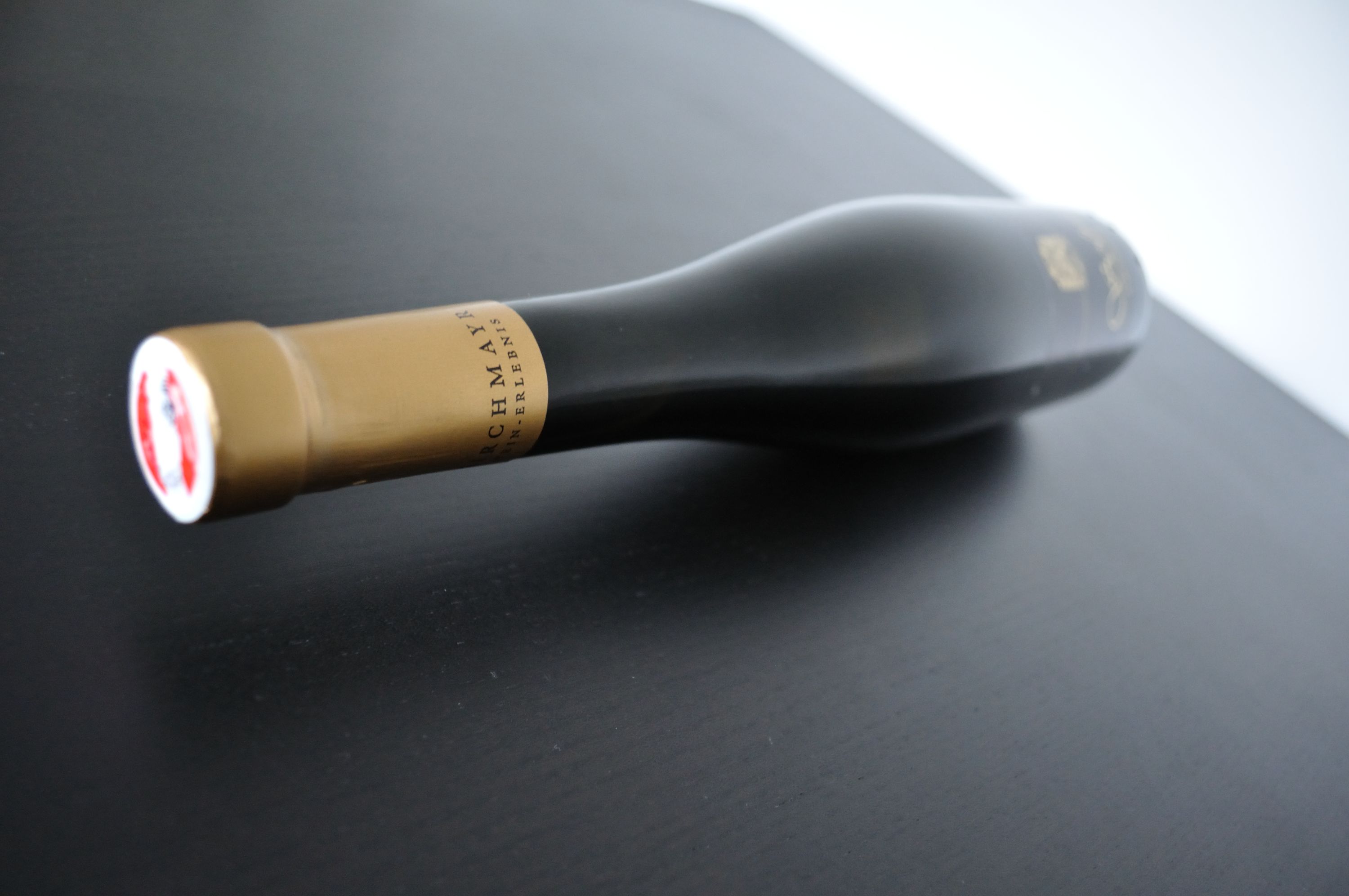Jonathan Edwards, Gewurztraminer, 2008
Mystic, Connecticut, may not sound like the place to go for a wine adventure. And yet the Wine Rambler had an adventure moment there when (while browsing the shelves at a wine merchant) I discovered a wine from Connecticut - a wine region we have yet to explore. Naturally, I had to take the Gewürztraminer home with me (in one of those brown bags that the Americans like to sell their booze in).

The 'Gewurz' is part of the Connectictut product line of the Jonathan Edwards Winery (they also make wine in Napa Valley), a company that produces less than 10,000 cases a year: Cabernet Sauvignon/Franc, Zinfandel, Merlot, Chardonnay, Petite Sirah and a few others, including my Gewürz. The winery is located in North Stonnigton, apparently with a distant view over Long Island Sound. It is part of the Connecticut Wine Trail, a group of some 20 state approved wineries you can visit along a scenic route signposted on state highways.








